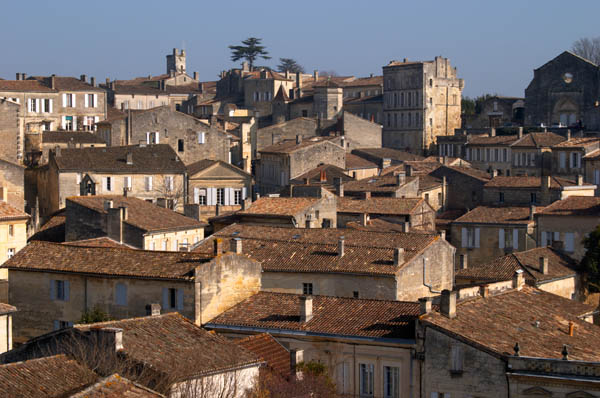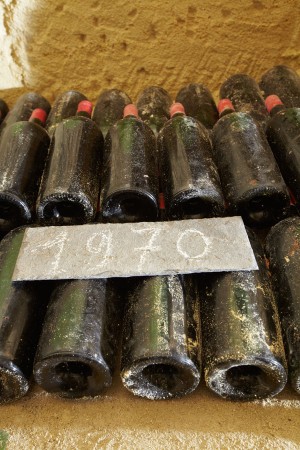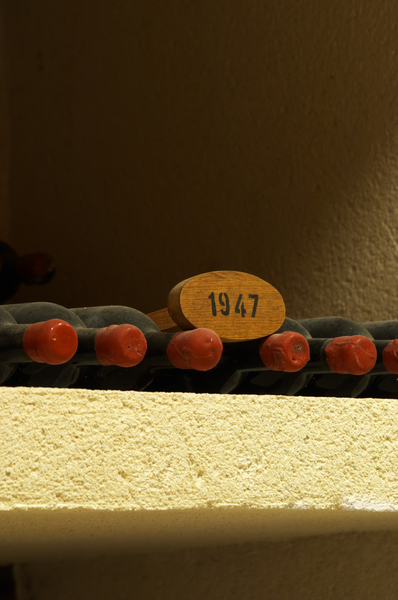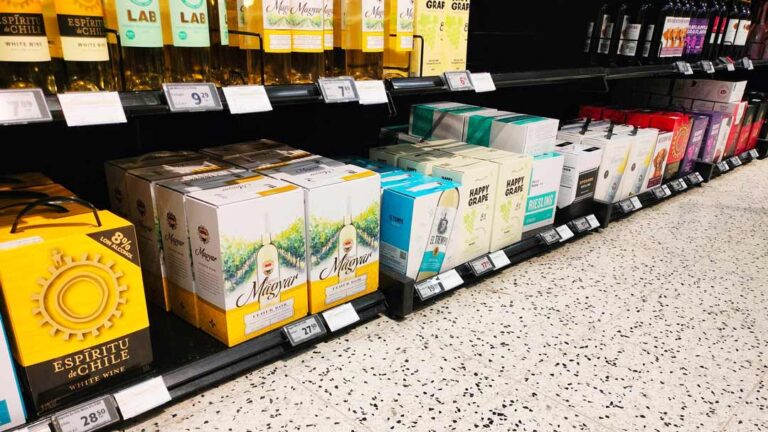Illegal and invalid classification, says Chateau Croque Michotte
It seems we have not seen the end of the debate around the new Saint Emilion classification (read our story). It was probably not very far from a classification that everyone could be happy with and not complain about. (Almost) no-one was downgraded. Lots of chateaux were upgraded. It seemed almost designed to make everyone (every chateaux owner that is) happy and thus impossible to attack. Almost as if everyone was given a pat on the back and none was considered as having not been up to par.
But not quite so.
Pierre Carle at Chateau Croque Michotte is so far the most vocal critic of the new classification. Thanks to Hervé Lalau of Chroinques Vineuses and François Mauss the gripes that Pierre Carle have about the classification have been made more public. A long letter (to whom?), or document, that explains at length the issues that Chateau Croque Michotte sees with the classification has been published on Chroniques Vineuses. I can not vouch for its authenticity but can only assume that it is so.

If you are interested in the politics around a classification you should definitely read the whole letter. In French though.
I will just pick out a few curious pieces of information from it, in particular the evaluation grid.
The letter gives some information on the evaluation grid that has been used to establish the new Saint Emilion classification. Interesting reading (comments based mostly on the comments from Chateau Croque Michotte):
-

Not counted: Old wine bottles resting in the cellar, copyright BKWine Photography Fame (“notoriété” in French): Evaluated by e.g. how frequent a chateau is mentioned in various press. However, only mentions where a vintage is mentioned is taken into account. And only if the vintage mentioned is between 2005 and 2009
- Price level
- Presence on the internet: as evaluated by e.g. how many search results appear on Google and Yahoo!
- Conference room and press reception facilities: Croque Michotte poses the question what impact this can possibly have on wine consumers or the press in e.g. Tokyo or Oklahoma City.
- Press relations and reception: Apparently it has been counted against Croque Michotte that the person in charge of this is not part of the owner family.
- Documentation and information material: One foreign language has been required. The material includes things such as internet site, brochures, books, films and other.
- Associations that bring value (“association valorisantes”): This seems to mean any organisations or associations that the chateau may be affiliated with that have a certain reputation.
- Wine tourism programs:
- Tourist reception facilities: Apparently this may include if the chateau has chambre d’hôtes (bed & breakfast).
- Unity (“entités”): Apparently this criteria means that the property gains additional points in the evaluation if it is a single unit, i.e. not made up of several different parcels. Chateau Croque Michotte argues that if they bought small strips of non-agricultural (not vineyard) land from their neighbours, and thus joined their (four?) different lots then they would come higher up in the classification. Or conversely, if they bought an additional plot from, say, Cheval Blanc, they would be downgraded.
- Terroir, geology and presence of water in the soil
- ISO 26000 and Carbon-neutrality study (“bilan carbone”)
- Effluents
- Analyses: Chemical analyses at the estate
- Harvest reception facilities
- Vines: This factor concerns, among other things, planting density where, apparently, the evaluation commission considers 10,000 vines per hectare as ideal (which is not necessarily so).
- Tasting
So now you know what lies behind a classification, what decides if a chateau is designated a Saint Emilion Premier Grand Cru Classé A or some other of the labels. Now you know.
Pierre Carle at Chateau Croque Michotte finishes his letter with a question: “What is it that is classified? Is it the terroir and its wines? Or is the classification about impressive wineries and vat halls, administrative norms, and big budgets for communication?”
For you to decide.
I encourage you to read the full text (and Herves additional comments). There are plenty of details in it.
If you can’t stomach the French, then you have less detailed, but still very interesting, secondary sources here
- 2012 St Emilion: Objection!, On The Wine Doctor. This gives a good account of some of the issues that Pierre Carle at Chateau Croque Michotte has
- Government: keep your hands off my classification!,by Steve Heimoff (“I think it’s completely insane to rank wineries the way they do in Bordeaux.”)
- St Emilion Classification: first rumblings of discontent, on Decanter











2 Responses